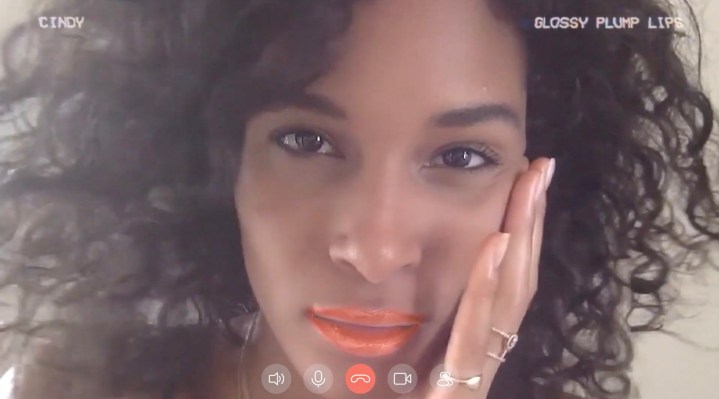
Selfie filters have improved immensely over the past several years, but companies on the forefront of the tech see plenty of room to grow.
The cosmetics world has seen some rapid change in the past several years as makeup has proven particularly ripe for up-and-coming direct-to-consumer and influencer-endorsed brands to take hold. Plenty of legacy brands have seen their revenues decimated, while others have proven resilient by leaning into new tech and sales channel trends.
Back in 2018, L’Oréal made the interesting decision to buy an augmented reality filter company called Modiface. Fast forward to 2020 and they’ve opted to roll out a line of “virtual makeup” selfie filters. The “Signature Face” filters show off eye makeup, lipsticks, and hair products from the company.
They’ve gone fairly wide with the rollout supporting Instagram, Snapchat, Snap Camera and Google Duo. Snap Camera support in particular enables the selfies to be used across plenty of video chat services like Houseparty and Zoom, L’Oréal is marketing these selfies as a way to spice up your look on video calls specifically. You can check our more details on where you can use the filters on their site.
In terms of the filters themselves, there’s nothing terribly more advanced about them than the makeup-centric selfie filters that have been floating around Snapchat for years, but it is interesting to see such a substantial brand leaning in so heavily and pitching this idea where people use selfie filters during video calls in a non-gimmicky way. It’s not clear whether the technology or consumer habits are there yet but it’s certainly plausible that things could move in that direction, especially as social media apps begin a more-focused drive towards becoming commerce platforms.



